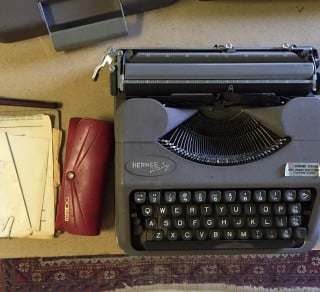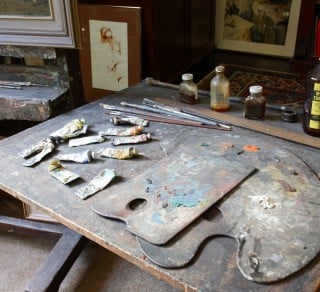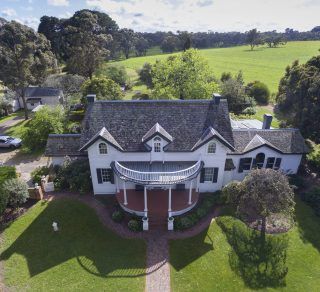60 Objects Mulberry Hill Collection
Study of a Female Dancer (1938 – 40)
Sono Osato (1919 – )
Pen and ink wash on paper
Sono Osato toured Australia with de Basil’s company on the second and third tours of the Ballets Russes. Auditioning at the age of 14, Osato joined the company in 1933. She played the characters Estrella in Le Carnaval and ‘A Vision’ in Le Coq d’or as well as sharing the principle role in Lichine’s Prodigal Son with Irina Baronova and Tamara Grigorieva during the Australian tours.
The Ballets Russes tours are credited with inspiring a generation of Australian ‘Balletomanes’ enthused by the romance and exoticism of the ballet. Three companies toured Australia between the years 1936 – 1940, all entrepreneured by J.C. Williamson. So popular were they that the dancers became major celebrities. Their faces graced society pages and advertisements, especially in The Home magazine which ran feature stories about the glamorous performers. The art of the ballet not only included the choreography and performance, but also the productions, set and costume designs, and music. It influenced many visual arts such as Max Dupain, Sidney Nolan, Norman Lindsay, and of course Daryl Lindsay.
Sir Ernest Daryl Lindsay (1889 – 1976) was an artist, writer, teacher, and member of the famous Lindsay dynasty who went on to become the director of the National Gallery of Victoria in 1941. He was commissioned by The Herald newspaper – owned by his great friend Sir Keith Murdoch – to illustrate a series of articles by English writer Arnold Haskell about the Ballet Russe tour of 1936 -37. As Haskell remembered Daryl’s ‘love of movement had made him a ballet devotee ’Lindsay’s sketches were also published in a monograph catalogue and his sketches were exhibited in the theatre foyers of the ballet performances in Melbourne and Sydney.




